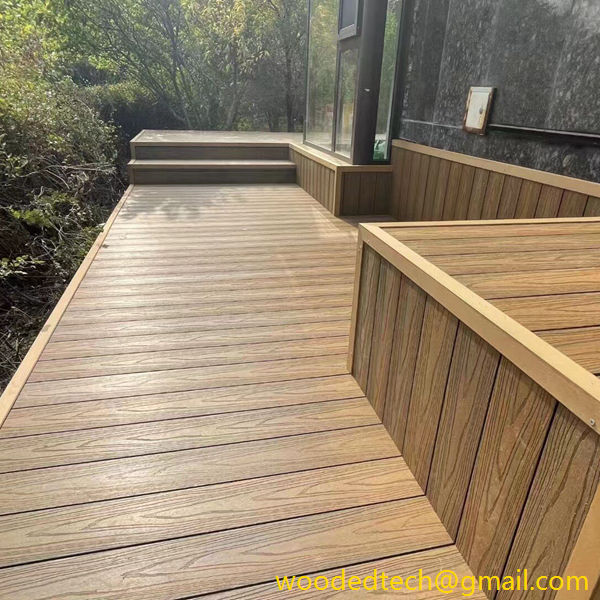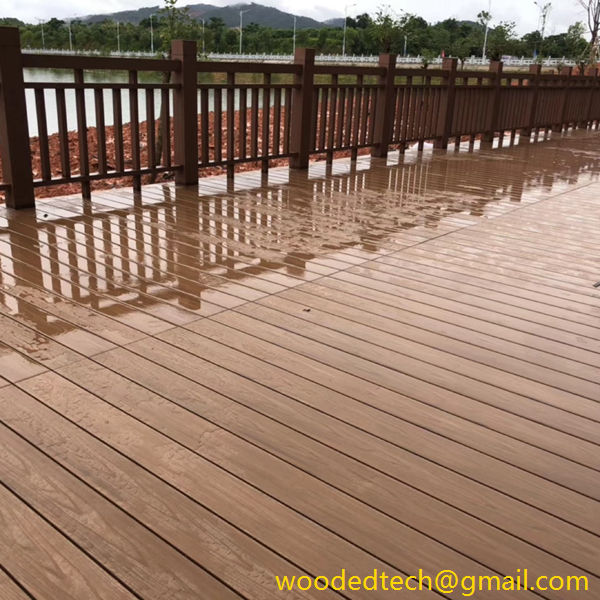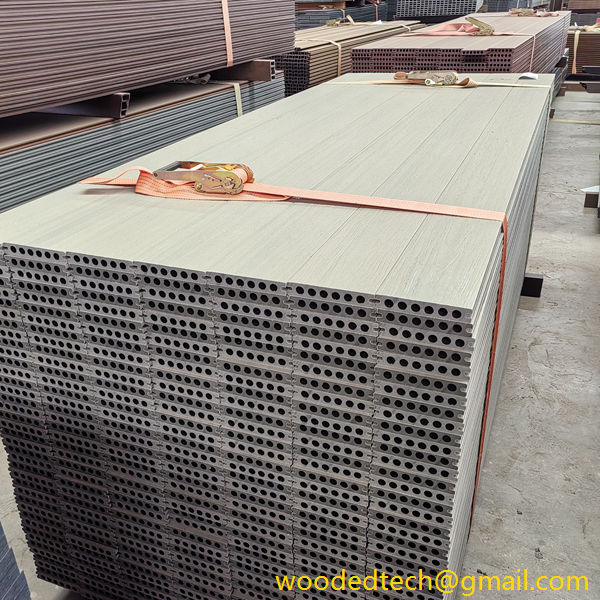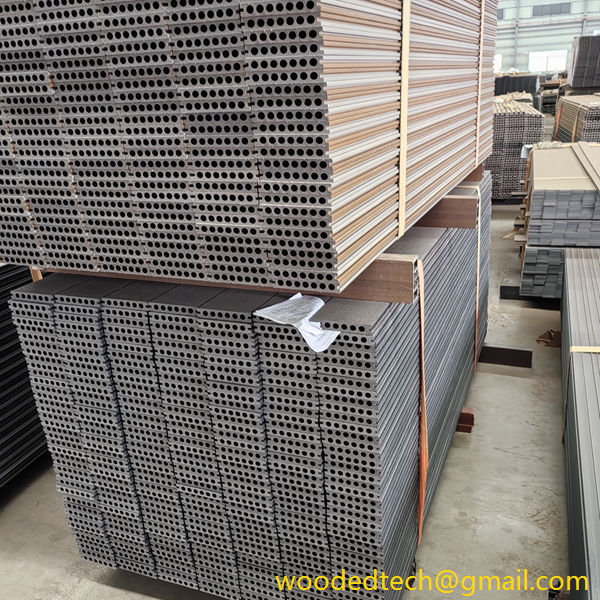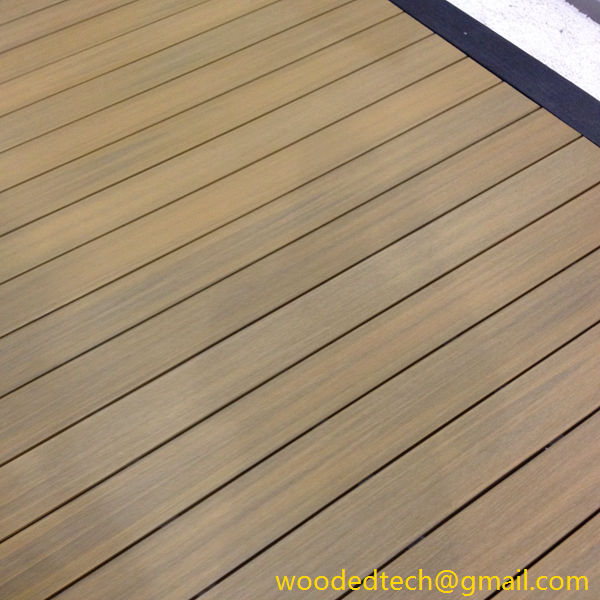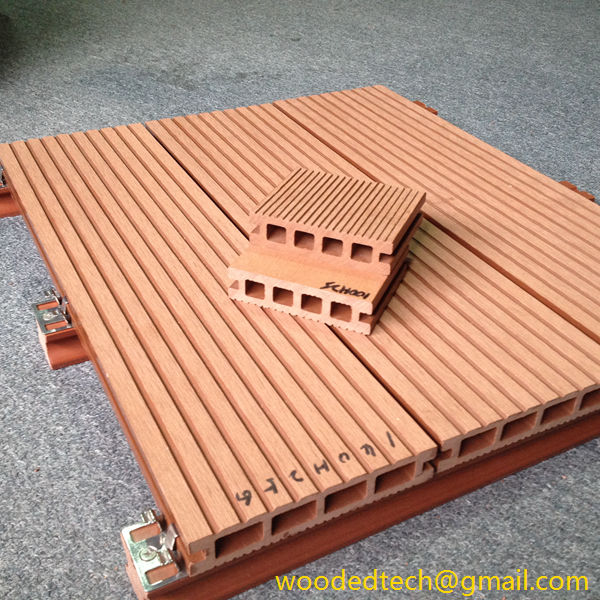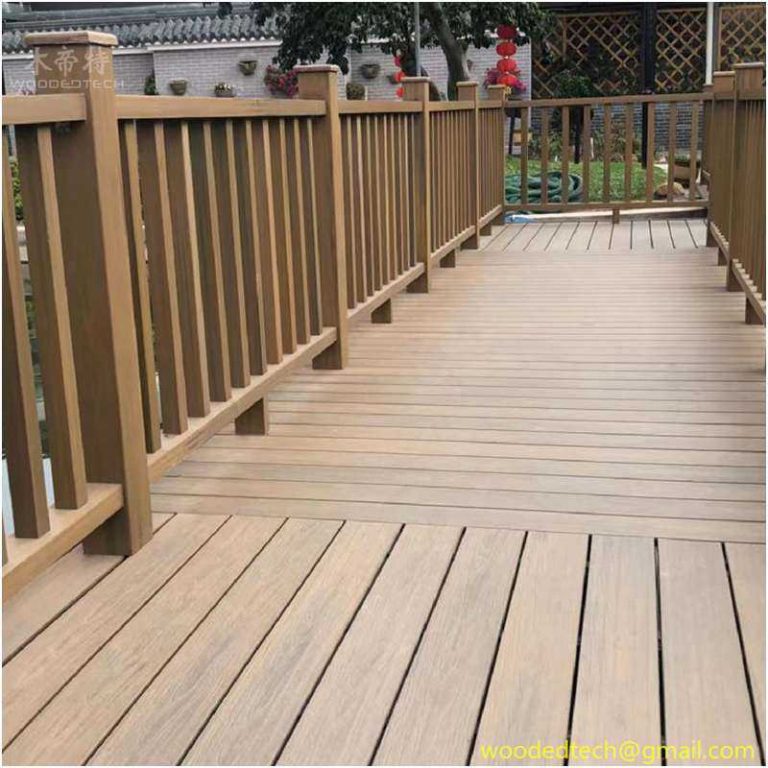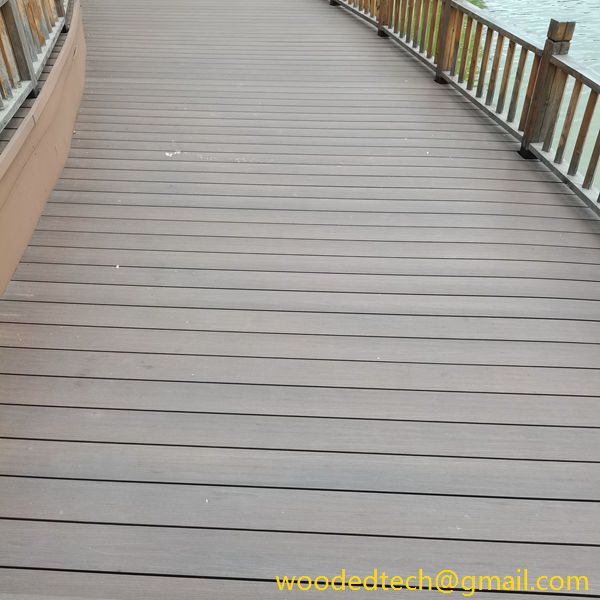Staining Composite Decking: Tips for Staining Your Composite Decking
Staining Composite Decking: Tips for Staining Your Composite Decking Staining composite decking is an excellent way to enhance its appearance and extend its lifespan. Composite decking, made from a blend of wood fibers and plastic, offers durability and resistance to fading, splintering, and insect damage. However, over time, even composite materials can lose their luster…
Staining Composite Decking: Tips for Staining Your Composite Decking
Staining composite decking is an excellent way to enhance its appearance and extend its lifespan. Composite decking, made from a blend of wood fibers and plastic, offers durability and resistance to fading, splintering, and insect damage. However, over time, even composite materials can lose their luster due to exposure to the elements. Staining not only revitalizes the look of your deck but also provides a layer of protection against UV rays and moisture. Here are some essential tips for successfully staining your composite decking.
First and foremost, selecting the right stain is crucial. Composite decking can be stained with either a solid or semi-transparent stain. Solid stains provide a uniform color that can cover any imperfections in the decking, while semi-transparent stains allow the natural texture and grain of the material to show through. When choosing a stain, consider the color that will best complement your home and landscaping. It’s wise to test a small area before committing to a full application, as the final appearance may vary depending on the original color of your decking.
Preparation is key to achieving a long-lasting finish. Before applying stain, it is crucial to clean your composite decking thoroughly. Start by sweeping away any debris such as leaves, dirt, or dust. Then, use a composite deck cleaner to remove any stains or marks. Many manufacturers provide specific cleaning solutions designed for their products, which can help maintain the integrity of the decking material. Follow the instructions carefully and ensure that you rinse the deck well after cleaning to remove any residue.
Once the deck is clean and dry, inspect it for any damage. Look for loose boards, cracked or broken areas, and any signs of mold or mildew. Addressing these issues before staining is essential, as they can affect the adhesion of the stain and the overall appearance of the deck. If you find any mold or mildew, treat it with a mold remover designed for composite materials.
Choosing the right weather conditions is another important factor when staining your composite decking. Ideally, you want to stain on a day when the temperature is between 50 and 90 degrees Fahrenheit, with low humidity. Avoid staining on scorching hot days or when rain is in the forecast. Staining in direct sunlight can cause the stain to dry too quickly, leading to uneven application and potential peeling. If possible, work in the shade or during the cooler parts of the day.
When you are ready to start staining, gather your materials. You will need a high-quality stain applicator, such as a roller or brush, as well as a paint tray and drop cloths to protect surrounding areas. If you are using a solid stain, a roller may be the most efficient option for large areas, while a brush can help you reach corners and edges. Make sure to wear gloves and old clothes, as staining can be messy.
Apply the stain evenly, starting from one end of the deck and working your way to the other. It’s best to work in sections, ensuring that you do not allow the stain to pool or puddle. If you are using a semi-transparent stain, be mindful of the amount you apply, as too much can obscure the natural beauty of the composite material. Be sure to follow the manufacturer’s recommendations regarding drying time between coats. In most cases, one coat is sufficient, but if you desire a deeper color or added protection, a second coat may be beneficial.
After you have stained your entire deck, allow it to dry completely before using the space. Drying times can vary based on the type of stain, application method, and environmental conditions, so consult the product label for specific guidance. It’s essential to avoid walking on the deck or placing furniture back on it until it is fully cured to ensure the best finish.
Regular maintenance will help keep your composite decking looking its best. Consider re-staining every few years, depending on the wear and tear from foot traffic and exposure to the elements. In addition to staining, routine cleaning will prevent dirt and grime buildup, which can dull the appearance of your deck over time.
In conclusion, staining your composite decking can significantly enhance its visual appeal and protect it from the elements. By selecting the right stain, preparing the surface properly, and applying it under optimal conditions, you can achieve a beautiful finish that will last for years. Remember to maintain your deck with regular cleaning and re-staining as needed to keep it looking fresh and vibrant. With these tips in mind, your composite decking can remain a stunning and inviting outdoor space for you and your loved ones to enjoy.

